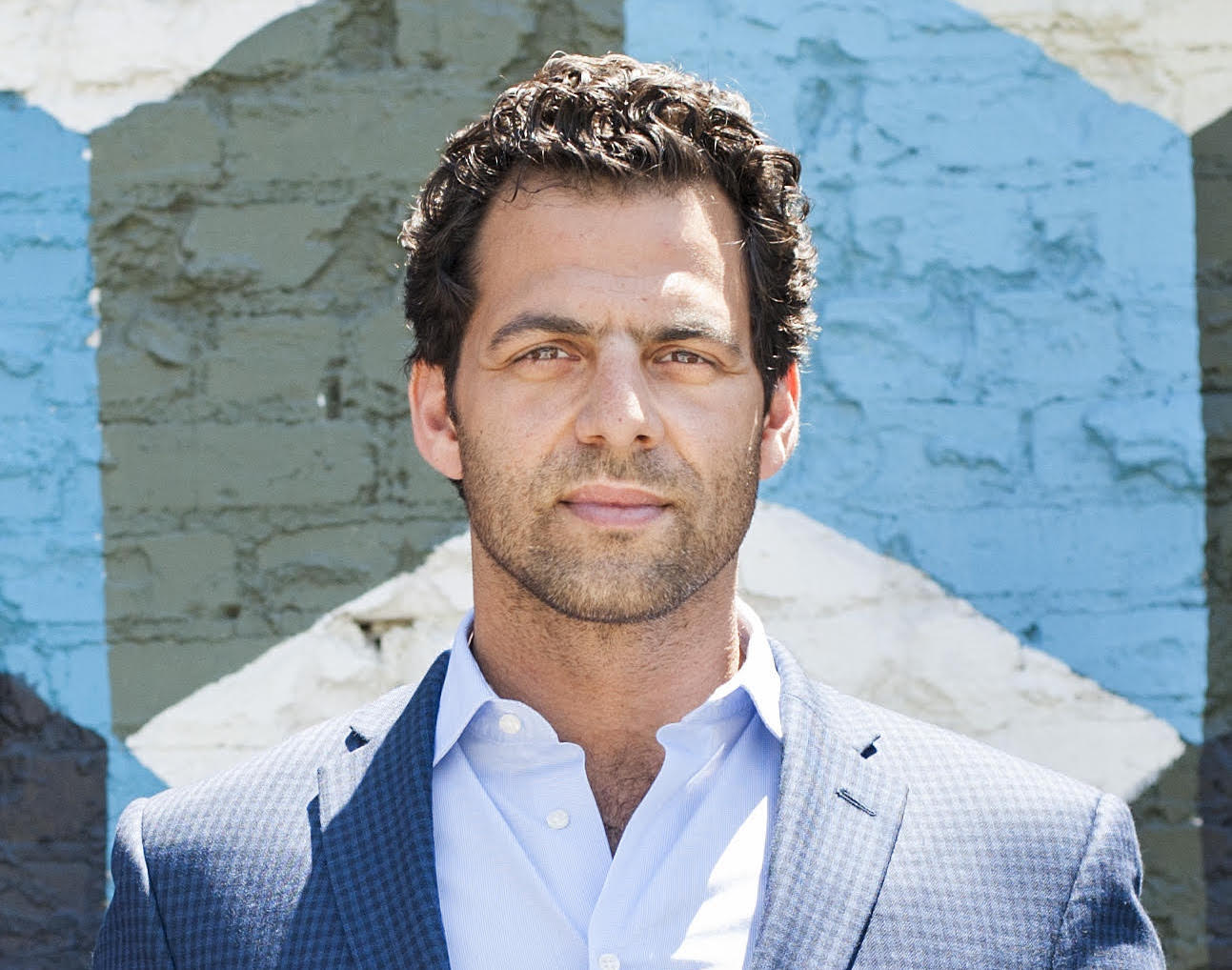The case for complete streets: A Q&A with Danny Harris, the new leader of TransAlt
"Regardless of the way you want to move in New York, it's broken for you."

Danny Harris is taking the helm of one of New York’s most influential street-safety advocacy organizations at a particularly dangerous time for New York cyclists. Since the start of this year, 18 cyclists have been killed citywide — with 13 deaths in Brooklyn alone. The casualty count is a sharp uptick from the total of 10 killed citywide in 2018.
Enter Harris, who will come onboard as the new executive director of Transportation Alternatives in early September, following the departure of longtime TransAlt leader Paul Steely White.
The Brooklyn Eagle caught up with Harris last week about his plans for expanding the group’s impact, tailoring streets to specific community needs, addressing the bikes vs. cars narrative, community board tensions — and a lot more.

Brooklyn Boro
View MoreNew York City’s most populous borough, Brooklyn, is home to nearly 2.6 million residents. If Brooklyn were an independent city it would be the fourth largest city in the United States. While Brooklyn has become the epitome of ‘cool and hip’ in recent years, for those that were born here, raised families here and improved communities over the years, Brooklyn has never been ‘uncool’.